Upholstery cloth is substantial in weight, depth, and rigidity. Great designs for upholstery fabric were woven up in the process. Weavers can use the flat or pile approach to make the upholstery of a piece of furniture. All furniture upholstery starts with these two weaves.
Since the pattern is worked into the fabric from the beginning with yarns of varying colors, it won't fade or wear out like a printed design. It is possible to tell if the procedure was woven by inspecting the fabric's reverse side.
Table Of Contents
What is Upholstery Fabric?
High-quality Fabric or textiles that are used for furniture are known as upholstery fabric. The term "upholstery" refers to the Décor fabrics materials used to produce the soft covers of chairs, couches, and other pieces of furniture. These materials include fabric, padding, webbing, and springs. This process was first used in the Middle Ages, although it did not gain widespread acceptance until the 17th, 18th century, and 19th centuries.
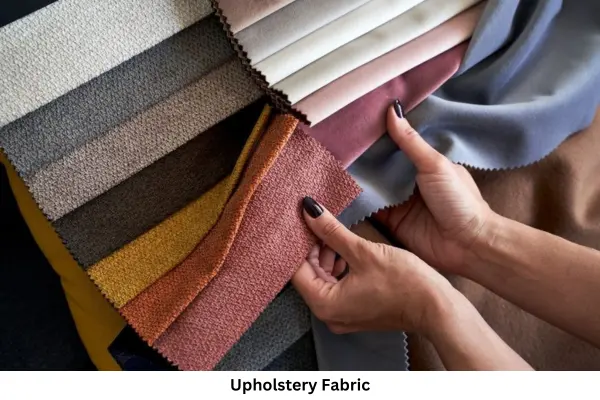
Wool, hay, and horsehair are a few materials used over the years. For increased longevity, contemporary upholstered furniture is made with foam and metal springs.
Even while the fabric can always be changed, and depending on the amount of wear and tear, this may need to be done, selecting high-quality inner layers can help ensure that the piece will survive for years.
What is Upholstery Fabric Made Of?
Any yarn or thread woven or stitched into a textile can be used to make upholstery fabric.
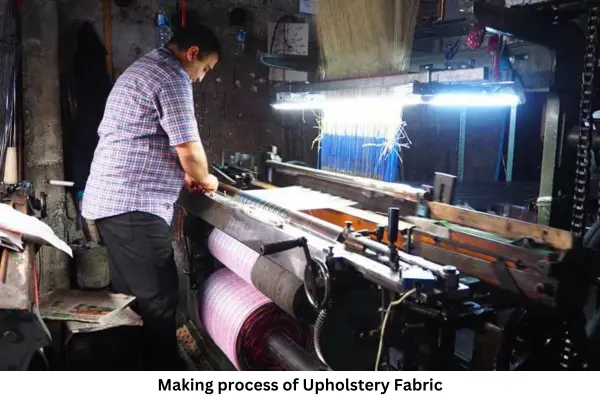
Weaving or knitting yarns from fibers like linen, cotton, wool, polyester, hemp, polypropylene, acrylic, nylon, and rayon produce upholstery fabric. Upholstery fabric can be woven or knit using a single kind of yarn or several different blends.
Types
Here are some common types of upholstery fabric according to fiber content:
Cotton is a natural textile that is popular for its ability to breathe and its reputation for being inexpensive. Cotton fabric is a great option for people who like a soft feel, but it should be avoided since it fades easily and stains readily.
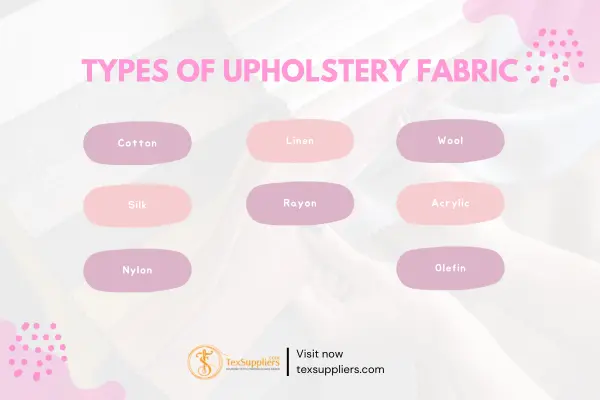
-
Linen
Like other natural fibers, linen has a lower resistance to stains than other natural fibers. It is one of the popular natural upholstery fabrics.
-
Wool
Wool is a natural material with a wonderful texture and feel, and it is great at maintaining its shape when used on furniture. Though it has a lower resistance to stains, it is treated with a stain treatment before being used.
-
Silk
Silk is a highly luxurious material that is a bit expensive. It is very durable and smooth to the touch.
The regenerated natural fabric gives other types of natural and synthetic fibers a softer feel when combined with them but is not very long-lasting on its own,
-
Acrylic
Acrylic is a type of man-made material that is very long-lasting, has great color fastness and lightfastness ratings compared to natural fibers, and can be washed. Excellent for severe wear, it was used for the upholstery of outdoor furniture.
-
Nylon
Nylon is a synthetic fiber type with a stronger abrasion resistance than others. It is suitable for use on upholstery that sees regular wear.
-
Olefin
Olefin is a fabric used in heavy-duty upholstery because it retains its color and is durable. Because of its chemical makeup, it does not have any dye sites in which stains can set or take hold. Olefin is the material we prefer for upholstery fabric, and Revolution is composed of olefin.
In addition, olefin was the first textile used for maritime carpeting and upholstery. Because it is fade-resistant, it is a great option for outdoor furniture fabric.
Characteristics
There are some physical characteristics of upholstery fabric that serve as an instant trademark.
Pattern
The pattern on a drapery panel is often aligned with the fabric's length. Up-the-roll practices are becoming increasingly popular. Imagine rose flowers stacked vertically along a curtain regarding upholstery durable fabric. The way is designed to be perpendicular to the long edge so that large pieces may be cut without seams. We call these patterns "railroaded."
Occasionally you'll come across a design like a stripe that doesn't conform to the rule; in such cases, the fabric's reverse side may provide more clues as to its intended application. Commonly used upholstery fabrics have adhesive applied on the wrong side of the cloth.
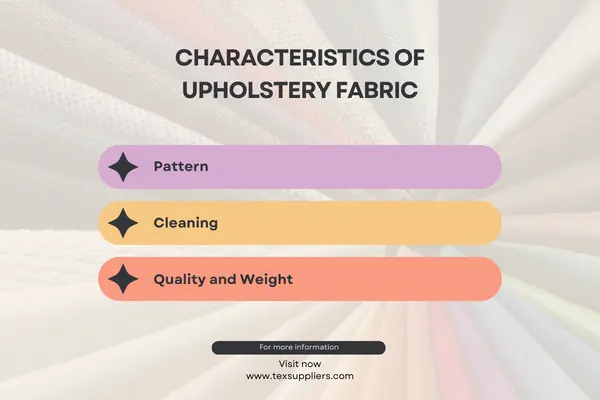
Cleaning
Very seldom can you wash upholstery, and most of the time, you can't even dry-clean it. While neither technique is ideal for cleaning upholstered pieces, it is a viable option for cleaning throw pillows
and other small accessories. Fabric care for furniture seats should be done by the fiber composition and manufacturer's recommendations. Even if a stain-repellent treatment has been applied to the fabric, it may be rendered ineffective if the cloth is cleaned, leaving behind unsightly water stains or rings that need to be treated again.
Quality and Weight
The term "number of rubs" is commonly used to describe the durability of perfect upholstery fabric. It measures how many times you can rub a material before it starts to show signs of wear. A cloth of average quality will resist between 15,000 and 30,000 double rubs.
Applications
The following are the several applications for upholstery:
- Automotive carpeting
- Chair upho
- Fabric for sofas
- lstery
- Dining room chairs
- Apprentice upholsterer
- Auto floor mats
- Covers for seats
- Seat belts
- Automotive covers
- Seating for automobiles
- Air bags
- PVC with automatic trimming and support
- Covers for the steering wheel
- Auto upholstery and leather trim
- Headliners for motor vehicles
- Auto upholstery and various forms of automotive trim
FAQ’s
What types of materials are used to make upholstered fabric?
Linen, cotton, wool, acetate, leather, hemp, polyester, polypropylene, rayon, acrylic, and nylon are numerous materials that can be used to make upholstery fabric. Fabric for upholstery can be woven from a single variety of yarn or a combination of different types. The durability of your furniture may be ensured by selecting the appropriate fabric for the furniture's upholstery.
When comparing cloth and upholstery, what are the differences?
Upholstery fabric is heavier, more substantial, and more rigid than drapery fabric. This results in a more solid feel, but it does not necessarily indicate that it is more durable than cloth used for drapes. The weaving process is what gives patterned upholstery materials their appearance.
Which type of upholstery fabric is the most long-lasting?
The synthetic microfiber used to make furniture is often the most durable type of material now available on the market. The ultrafine strands that makeup microfiber contribute to the material's longevity. These strands are braided together very closely to produce a robust barrier for protection.
Is there any example of upholstery?
The term "upholstery" refers to either the fabric and filling utilized in adding cushioning to furniture or the company engaged in covering furniture with fabric. The cushioned seat of a wooden dining chair is an example of upholstery.
Conclusion
Magic happens when you use upholstery. A wide range of textures, colors, fabric choices with styles, are available, so even the most discerning customer may find something to suit their taste. Despite the abundance of choices, it is notoriously hard to get right. It sets the tone for the entire space and may create or ruin the ambiance.
Therefore, it's crucial to invest in high-quality upholstery.Living room chairs, dining room chairs, couches, and even sectional sofas with many beds are all available with upholstery. You can get upholstered furniture that is great for any room in your house





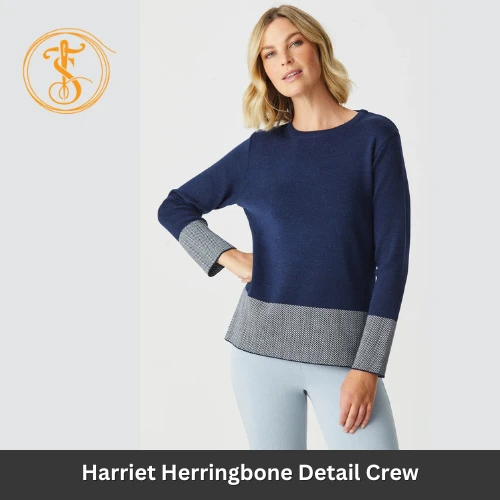
.webp)
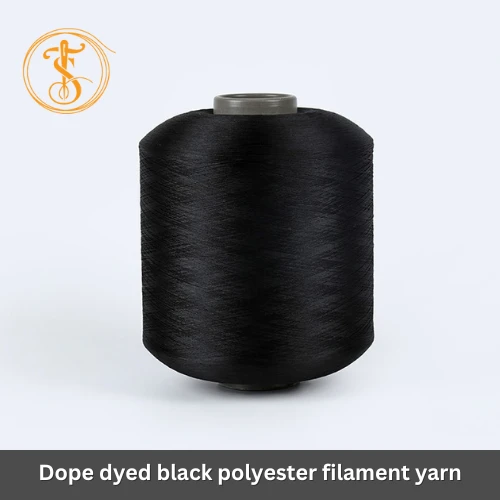
.webp)
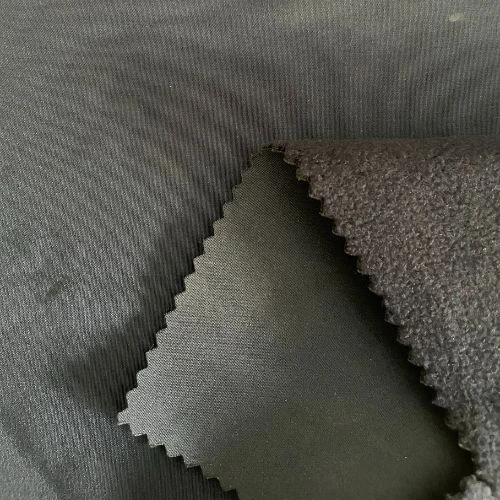
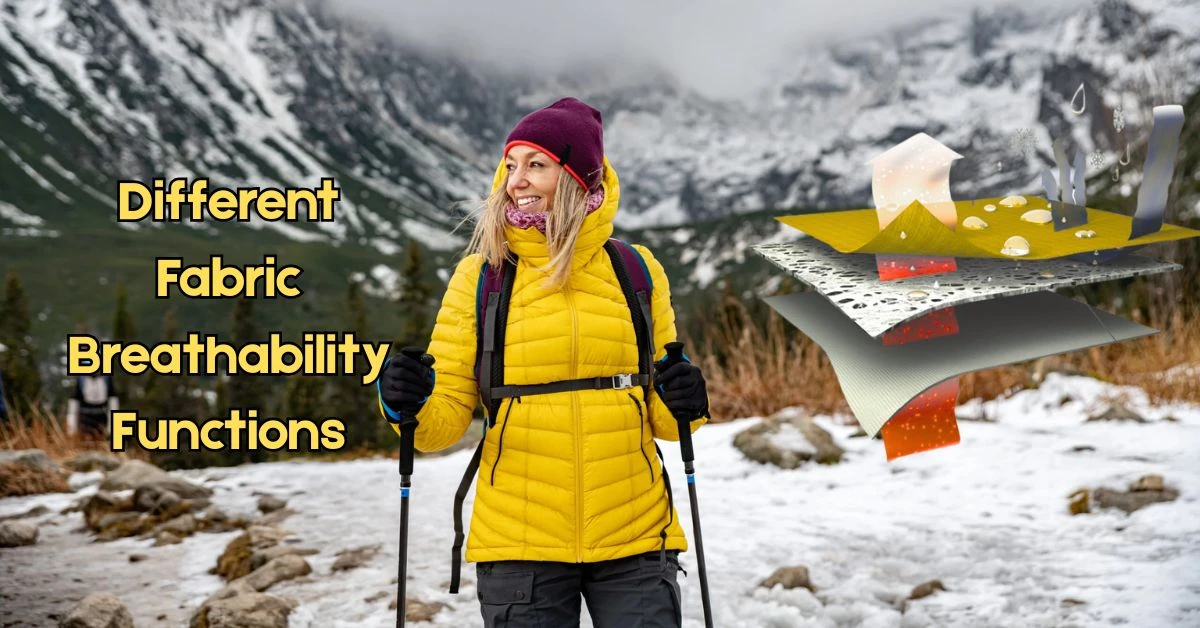
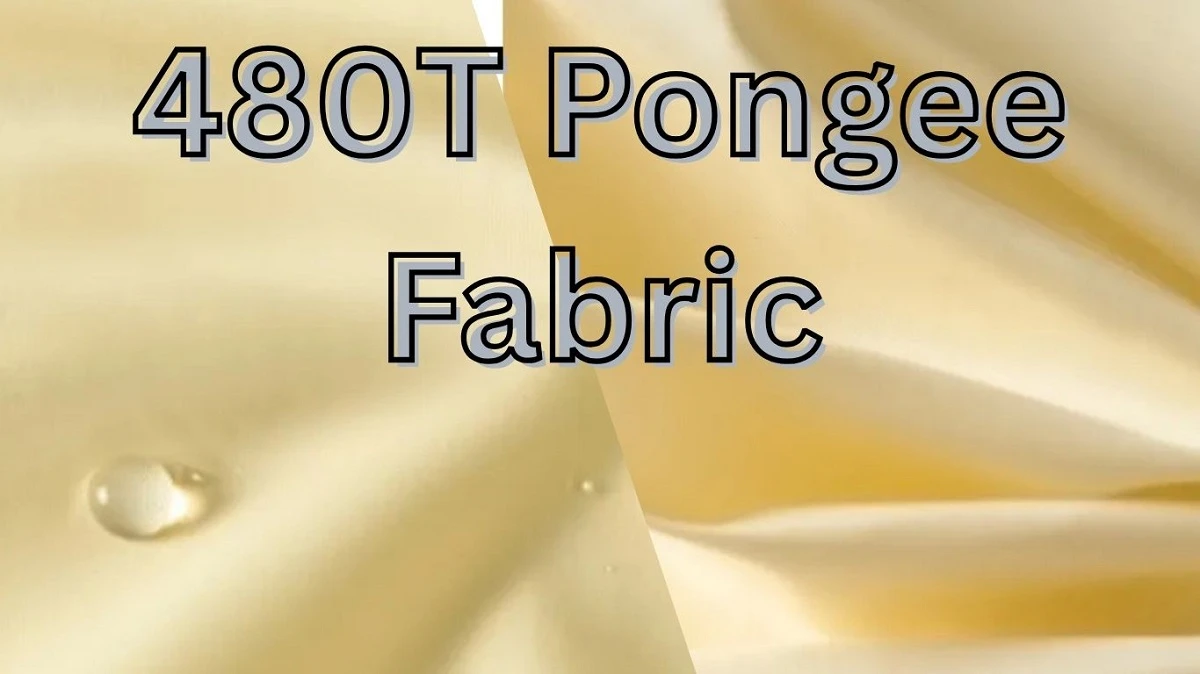
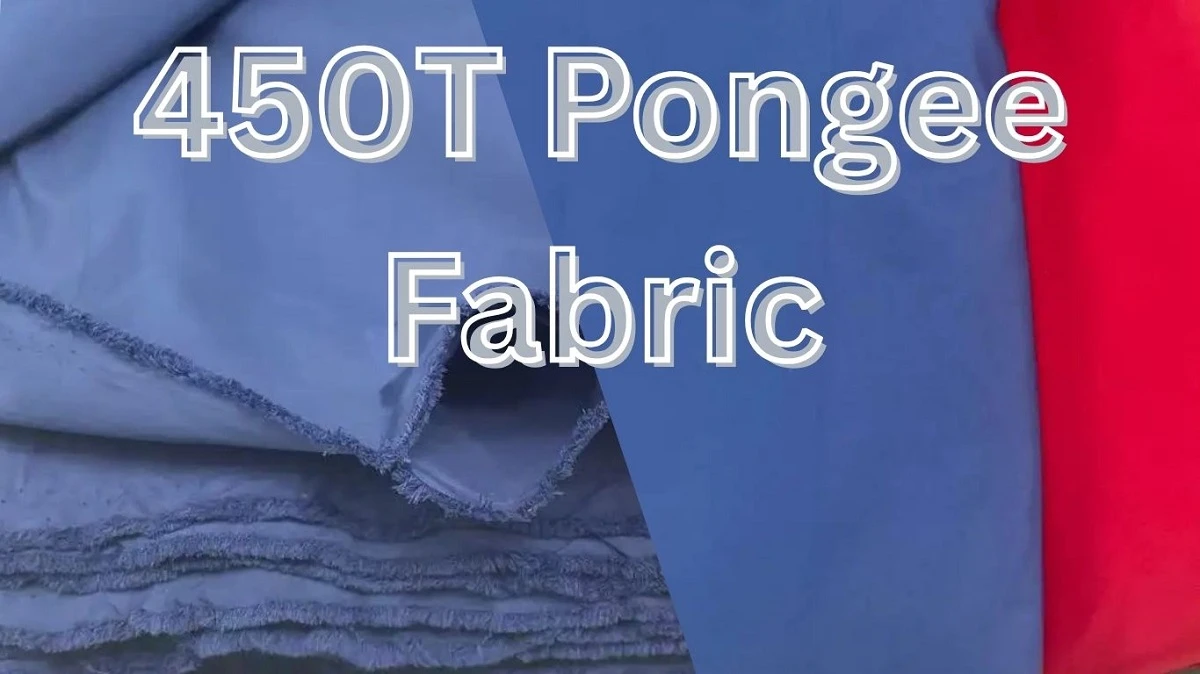
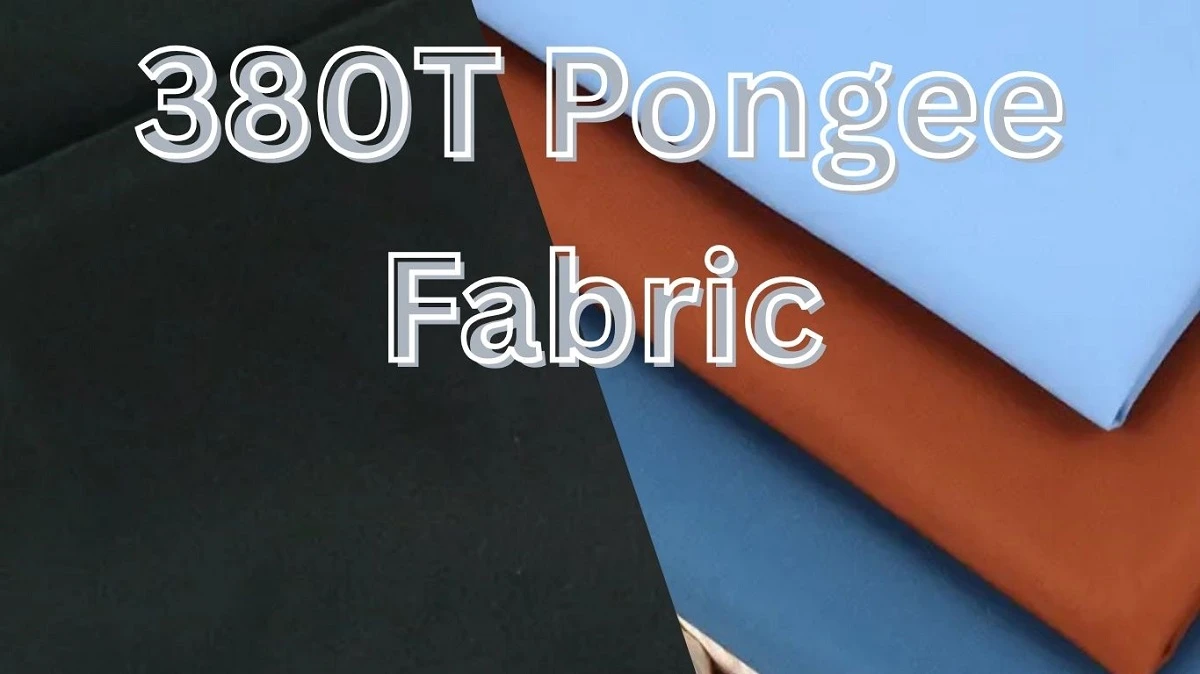
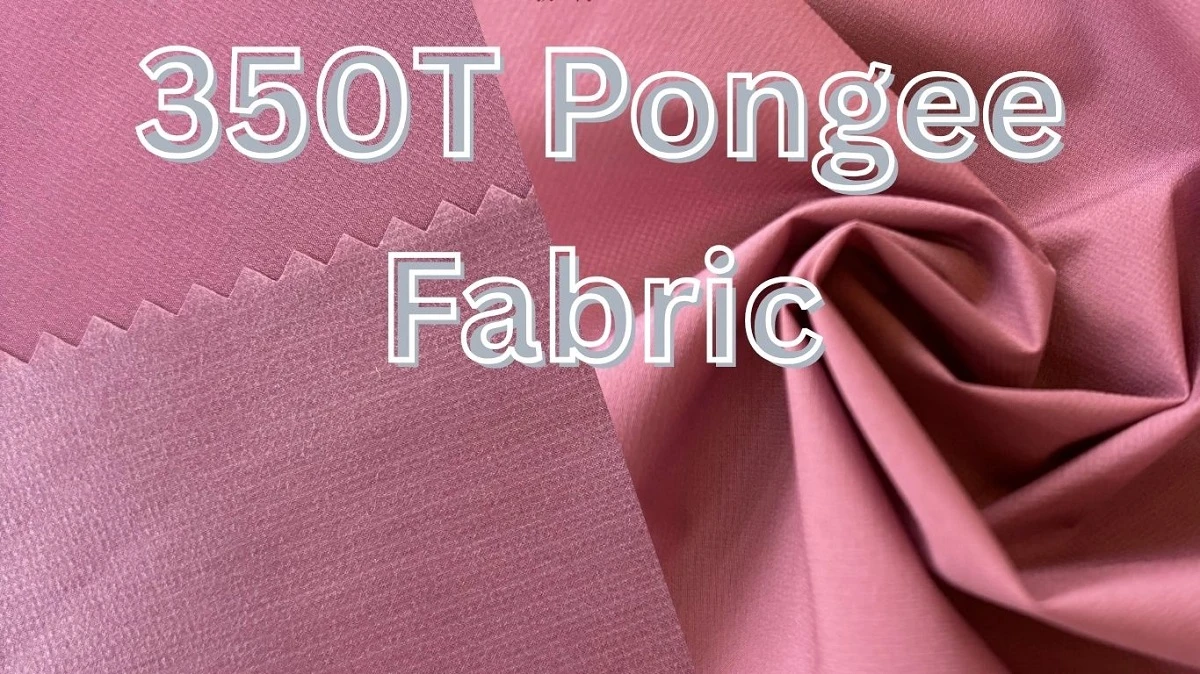
Comments - 00
Leave A Reply
Thanks for choosing to leave a comment.